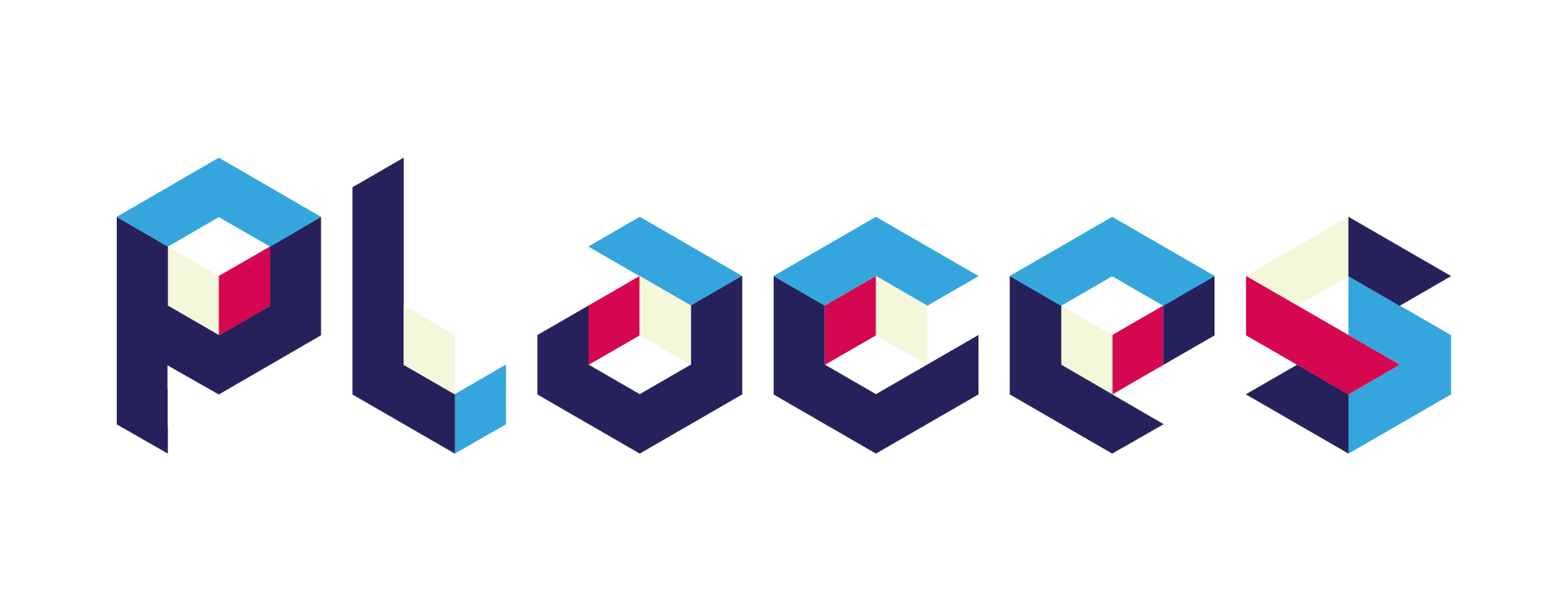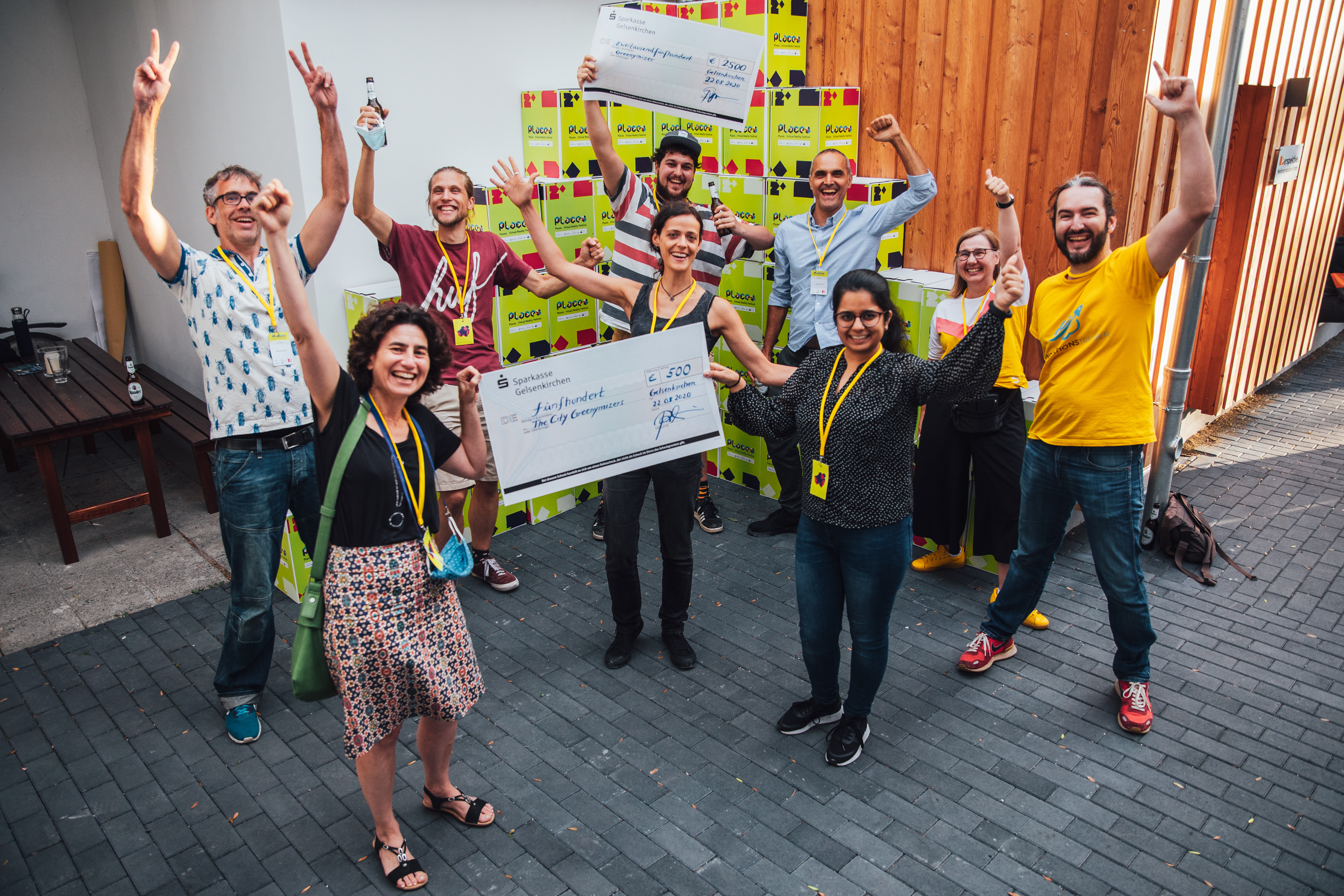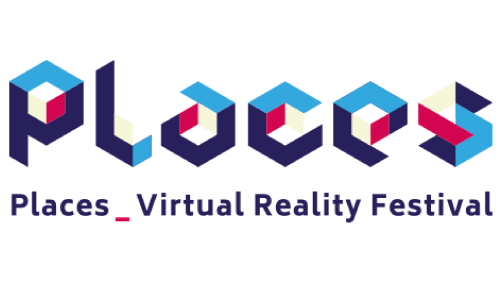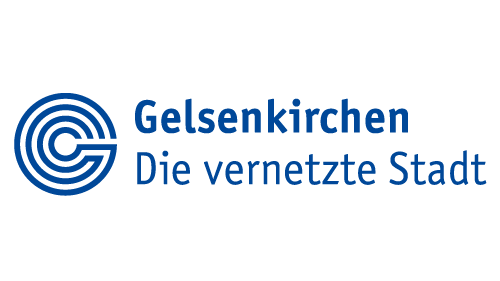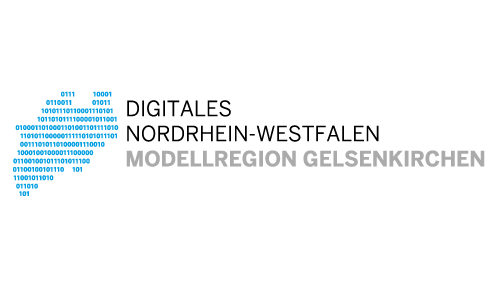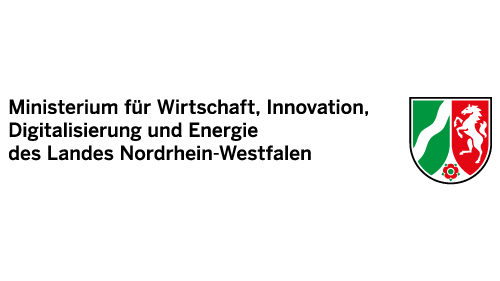Places _ VR Hackathon
Places _ VR Hackathon
How can we make the city of the future more liveable, more sustainable, more digital? 25 participants* in 4 teams and only 24 hours have built VR/AR prototypes which should help to find answers to these questions. The applications developed have taken very different paths, both technically and thematically. From sustainable VR space planning to a digital 360° fair, from a virtual cemetery to the use of immersive technology in traffic planning – the ideas were diverse and presented the jury of the Places _ VR Hackathon with a difficult task.
All Teams
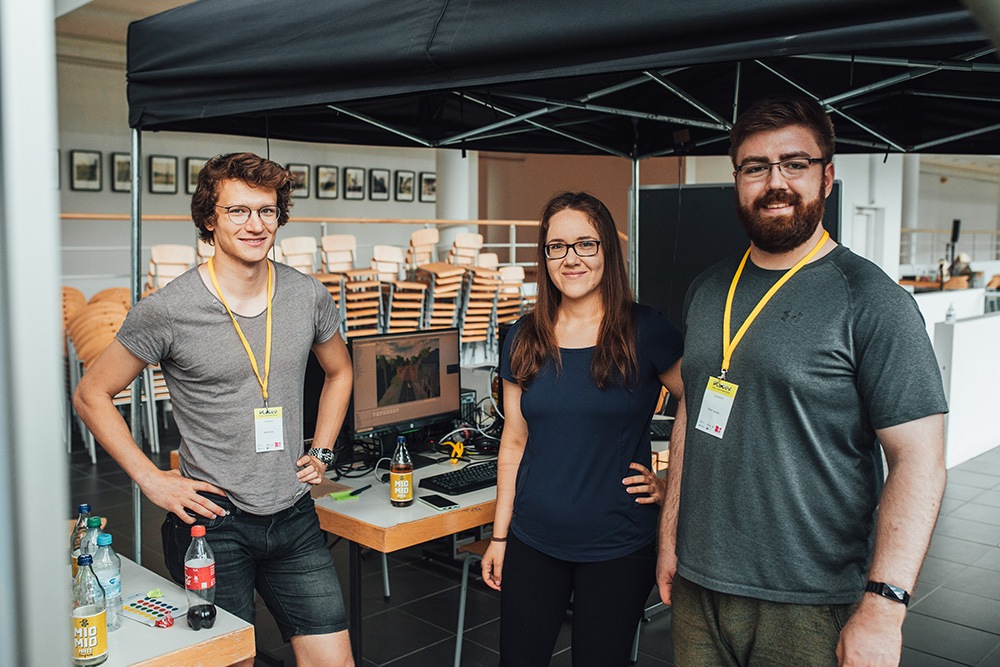
(c) Places _ VR Festival / Medienmalocher, Ravi Sejk
ARt Traffic
Robin Römer, Anke Haas & Yannic Toschke
“Castle Crossing” in Paderborn
The model intersection “Schlosskreuzung” in Paderborn already uses sensors at the traffic lights to collect information on traffic jams, driving behaviour and other parameters. The group has looked into possible uses of this data and has already considered future technologies. In this case autonomous driving.
With Car to X, the car communicates with an undefined receiver. In the example case of the group, this is an intersection traffic light. The data is transmitted to the car and so, for example, braking can be initiated, or the traffic light system can be adjusted in case of low or high traffic volume. The group has illustrated this in their VR application, which is pretty much based on the original template. The user sits as a “driver” in the self-propelled car and is supposed to understand the process that takes place from the sensors, through data exchange, to the evaluation of the car.
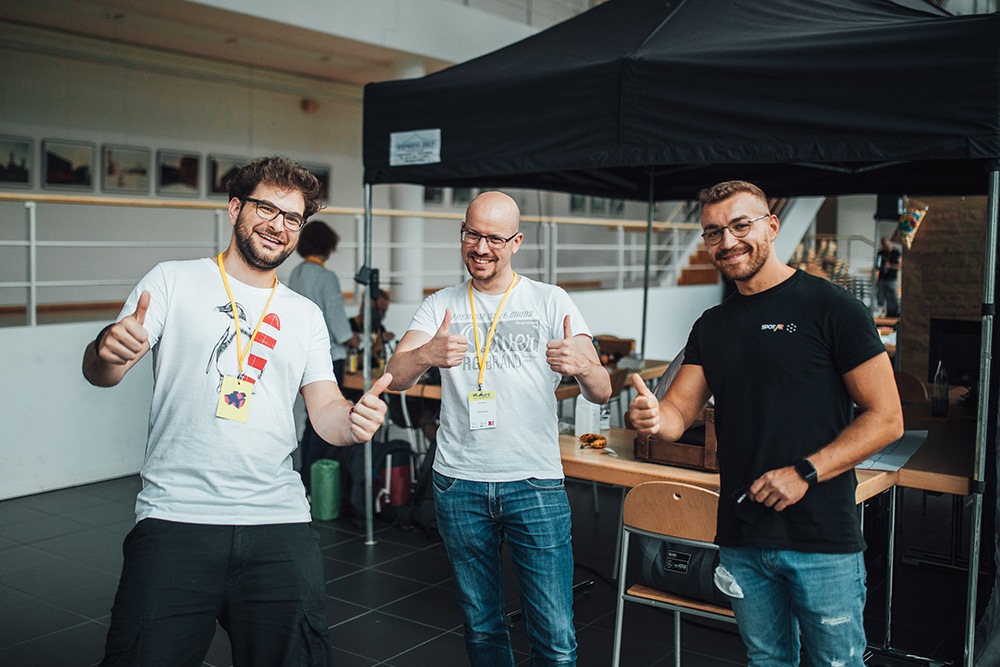
(c) Places _ VR Festival / Medienmalocher, Ravi Sejk
VIRMES 2020
Raphael Bernal Tejedor, Mathis Prange,Viktor Waal, Viktor Gottfried & Dennis Wiosna
Digital realisation of the Allerheiligenkirmes in Soest
Germany’s largest city centre funfair had to be cancelled this year due to corona. The VIRMES 2020 team therefore moved the experience into digital space in their prototype. In the augmented reality app, the user is able to experience the funfair day and night. The group has created an immersion of the funfair with 360° shots and even offers the possibility to play at some of the funfair booths themselves. Economic thoughts are also part of the prototype: In the plans a part of the proceeds will be donated to the exhibitors, who have high losses in 2020 due to the corona pandemic.
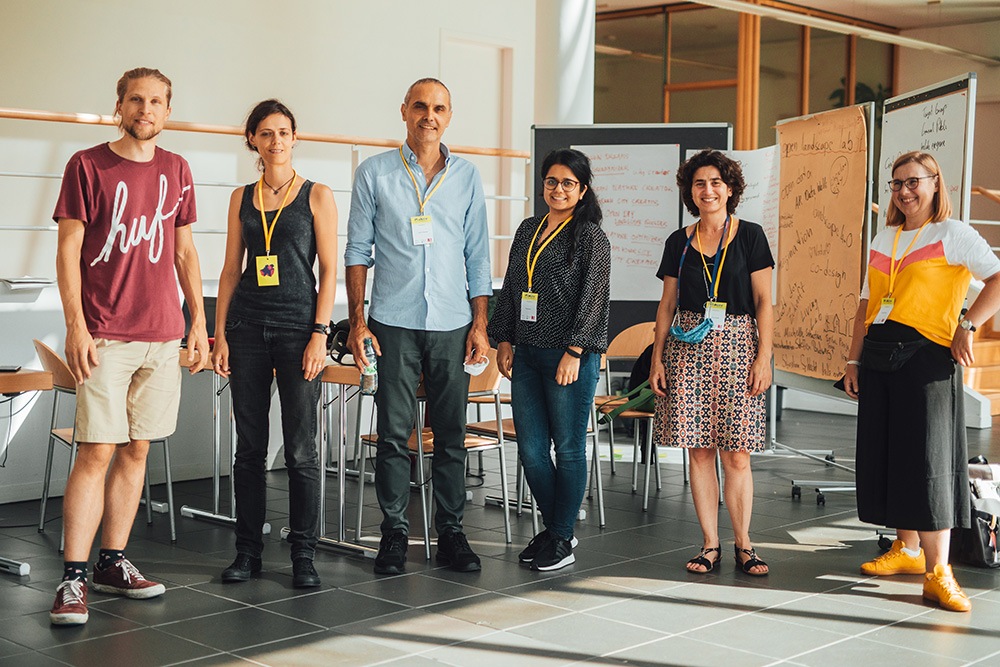
(c) Places _ VR Festival / Medienmalocher, Ravi Sejk
The City Geenymizers
Sebastian Witt, Marita Metzler, Soykan Soyucayl, Pooja Verma, Ismeni Walter & Michelle Adolfs
Green data on urban planning
With a VR sandbox solution, the group visualises urban development measures and creates easy access to the participation of citizens* in green building projects.
In the VR app, trees, buildings, green spaces, water areas, etc. are placed in a defined area from a table-top view. Once the design is complete, the user can immerse himself in his created building project, true to scale, and let it have its effect on him. Data collected in advance on heat development, noise pollution and stress levels complement the application. Because the app reacts to every action. For example, if the user places a tree on a green area, the positive or negative effect on the heat development is visualised. The application provides direct feedback based on the data.
The group would like to use this VR experience to bring city planners* and citizens* closer together. They can thus be more involved in the process. In turn, the planners will gain a better understanding of the needs of the people in the city.
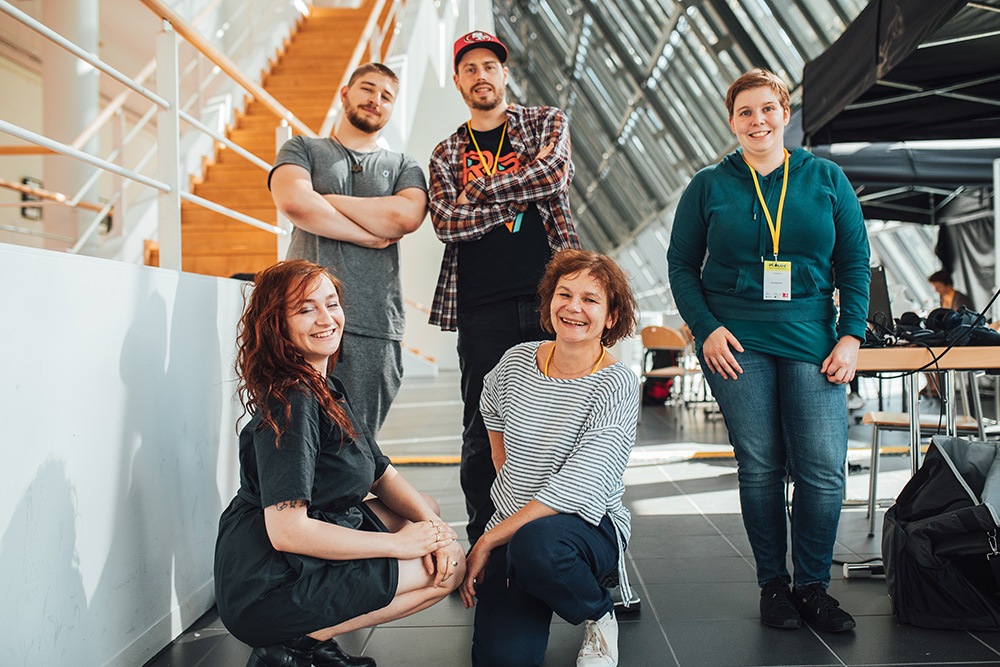
(c) Places _ VR Festival / Medienmalocher, Ravi Sejk
Trost in Soest
Daniel Brück, Christian Schulz, Katia Sophia Ditzler, Anna Buttler & Sara Hartmann
Cemetery in the 21st century
The group “Trost in Soest” has put a clear focus on the very personal in their VR prototype. What do I want to show my survivors? What do I want to give them on their way? These are two central questions of this application. Within the application you can design your own grave and integrate personal items there. These can be videos, sounds, music, quotations and much more. The VR application also offers access to cemeteries and graves for people who are no longer physically able to be there. The group’s aim is to continue to think about the digital legacy – perhaps to change the culture of dying in the long term and to focus on a positive approach to death. The group aptly describes it as being able to “curate your digital legacy”.
The Winner _ 2020
(c) Places _ VR Festival / Medienmalocher, Ravi Sejk
Entire award ceremony in Re-live
Impressions
Theme sponsors
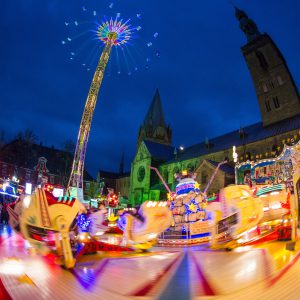
City of Soest
In 682 years the Soester Kirmes has only been cancelled 3 times. Even in 2020 the biggest inner city funfair in Germany cannot take place. How can such a traditional event be experienced in digital space? And how can a place like the cemetery benefit from the innovative power of extended reality?
The StadtLABOR of the digital model municipality Soest brings two challenges to the Places _ Hackathon, which focus on the digital added value for the urban society.
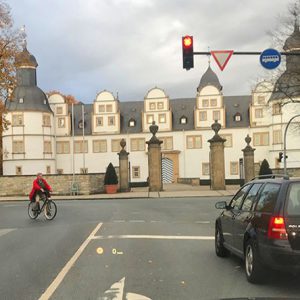
City of Paderborn (Digital Model Municipality OWL)
How can all participants of public traffic – even those with mobility restrictions – get along well in a modern mobility world thanks to the interplay of IOT, Big Data and AR/VR.
How can IOT, Big Data and AR/VR enable all road users to network with each other in order to increase safety/attentiveness and control traffic flows intelligently?
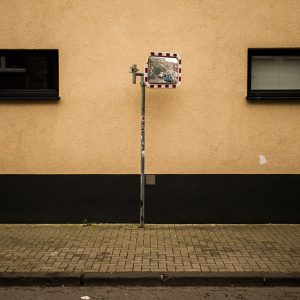
Spurwechsel Zollverein
What does the mobility of the future look like? Or to put it another way: How can the wishes of residents, employees and visitors be brought together at the former coal mine Zeche Zollverein?
The “Spurwechsel Zollverein” project presents a challenge in the field of mobility around the Zeche Zollverein World Heritage Site
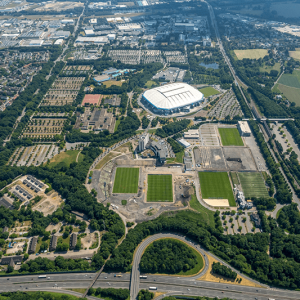
Open Innovation Lab in the ARENA PARK
How do a multitude of sensors in public space work? What do they pick up and do sensors in these places make sense?
From “The Connected City” and Digital Model Municipality Gelsenkirchen comes a challenge of the “Open Innovation Lab in the ARENA PARK”, which combines the topics 3D models, IoT and Big Data.
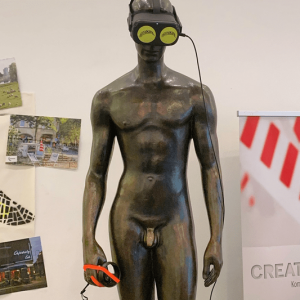
Tourismus NRW e.V.
How can immersion draw me even deeper into a city as a traveller and tourist?
The “Urbanana” project of Tourismus NRW e.V. presents a challenge from the field of Tourism & Travel.
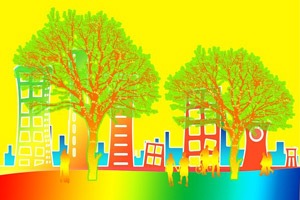
open landscape lab
Green data for the city of the future!
How can we use open data for the collaborative design of green urban landscapes? What can AR, VR and MR technologies contribute to this? Can they give people better options for action and thus help to jointly design the green city of the future?
A cooperation of lala.ruhr & innovation driver
Jury

Farina Hamann
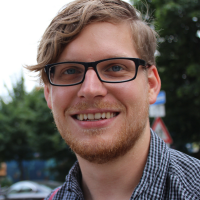
Dr. Eike Langbehn
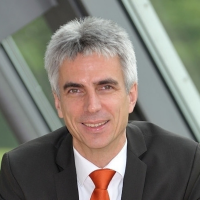
Wolfgang Jung
Der Places VR _ Hackathon 2020 wird unterstützt von:



Die Sparkasse Gelsenkirchen unterstützt den Hackathon _ 2020 durch Sponsoring des Preisgeldes für den besten Prototypen.
Der Preis für die beste Idee wird zur Verfügung gestellt von der IHK Nord Westfalen.
Die innogy Stiftung für Energie und Gesellschaft gGmbH sponsert bei dem Hackathon _ 2020 den Publikumspreis.
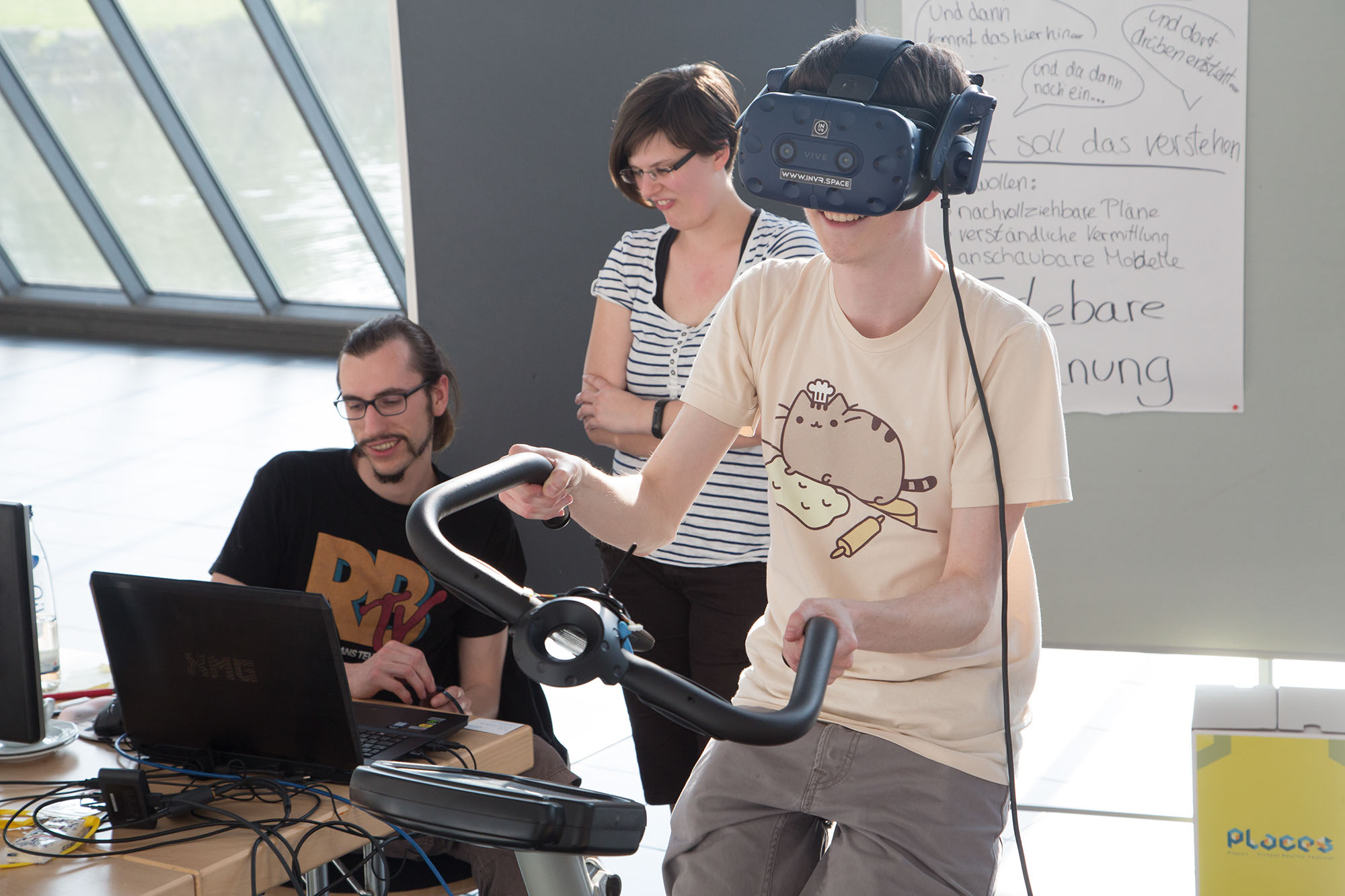
Hackathon _ 2018
Auch schon 2018 haben 31 Teilnehmer, innerhalb von 24 Stunden neue VR/AR-Anwendungen prototypisch entwickelt. Hier geht es zum Rückblick 2018:
Do you have questions about the Places _ VR Hackathon?
Contact Sabrina now, she is your contact person for the Hackathon and answers all your questions.
Do you have questions about th Places _ VR Hackthon?
Contact Sabrina now, she is your contact person for the Hackathon and answers all your questions.
